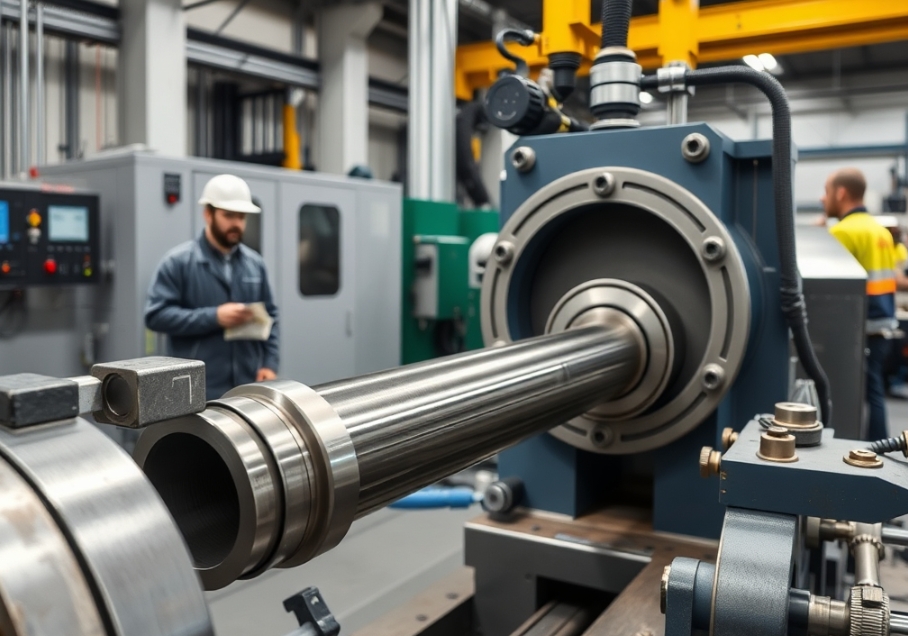Precision is essential in industrial metalwork, especially when forming components that must meet tight tolerances and complex design requirements. The metal bending process sits at the heart of many manufacturing operations, serving industries ranging from construction and automotive to aerospace and energy. To remain competitive, manufacturers need equipment that not only performs reliably but also delivers consistent results with minimal waste.
Modern tube bending machines have transformed this area of production by allowing engineers to create intricate bends with remarkable accuracy. These machines reduce the need for manual adjustment and rework, helping to maintain both product quality and operational efficiency. Their ability to handle various materials and diameters also supports the flexibility required in today’s fast-paced industrial landscape.
Understanding the Mechanics of Tube Bending
Tube bending involves applying force to a pipe or tube to reshape it without compromising its structural integrity. Depending on the application, techniques such as rotary draw bending, compression bending, and roll bending may be used. Each method comes with specific advantages, suited to different materials, bend radii, and tolerances.
The accuracy of a bend depends not only on the machine but also on careful control of variables like wall thickness, springback, and tooling configuration. A deep understanding of material behaviour is crucial. For example, stainless steel and aluminium will respond differently under pressure, and incorrect calibration can lead to cracking, wrinkling, or flattening. Skilled technicians and quality equipment are both needed to strike the right balance between precision and speed.
Reducing Material Waste Through Smart Design
Inefficiencies in bending processes often lead to scrap material, especially when setup is rushed or when inappropriate techniques are applied. Advanced machines can simulate bends digitally before production begins, helping operators identify potential issues early and minimise trial-and-error adjustments.
These simulations are not just about cost-saving—they also help improve sustainability. Reducing offcuts and wasted material supports greener manufacturing practices and keeps energy use in check. Pairing digital modelling with consistent tooling setup and maintenance creates a more predictable, waste-conscious workflow.
Supporting Complex Projects with Flexibility and Repeatability
As product designs become more intricate, the ability to reproduce bends precisely across multiple units becomes critical. For projects involving long production runs or modular components, even a slight variation can lead to misalignment or rejection further down the assembly line.
High-performance tube bending machines offer programmable controls and automated adjustments, which reduce the risk of inconsistency. With the ability to store and recall bend specifications, teams can easily replicate previous jobs or tweak them as needed for similar projects. This level of repeatability is a significant advantage in industries that require high throughput and uniformity.
Ensuring Quality and Compliance
Efficient bending isn’t just about getting the shape right—it also affects safety, performance, and regulatory compliance. Tubes used in pressure systems, transport infrastructure, or medical devices must meet strict criteria. Failing to meet those standards can result in product failure or legal penalties.
Regular inspection, both visual and mechanical, is key to maintaining quality. Non-destructive testing methods can assess the internal and external integrity of bent tubes without damaging them, ensuring each part meets the required specifications. By combining this attention to detail with efficient equipment and skilled labour, manufacturers can produce reliable components that stand up to both scrutiny and use.

































